Today me and @clains visited the Japanese Garden in San Francisco, it is a beautiful and peaceful space to walk around in. Also very popular with the tourists, but even if it is pretty crowded, you can always find a still path for yourself for a while.

The entrance
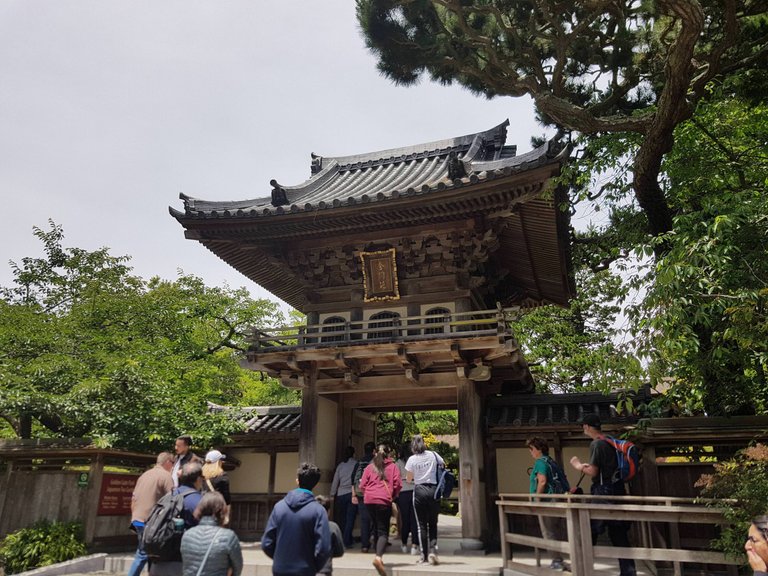
Welcome to the Japanese Tea Garden, the oldest public Japanese garden in the United States located inside Golden Gate Park in San Francisco, California

Christian and I relaxing in the garden
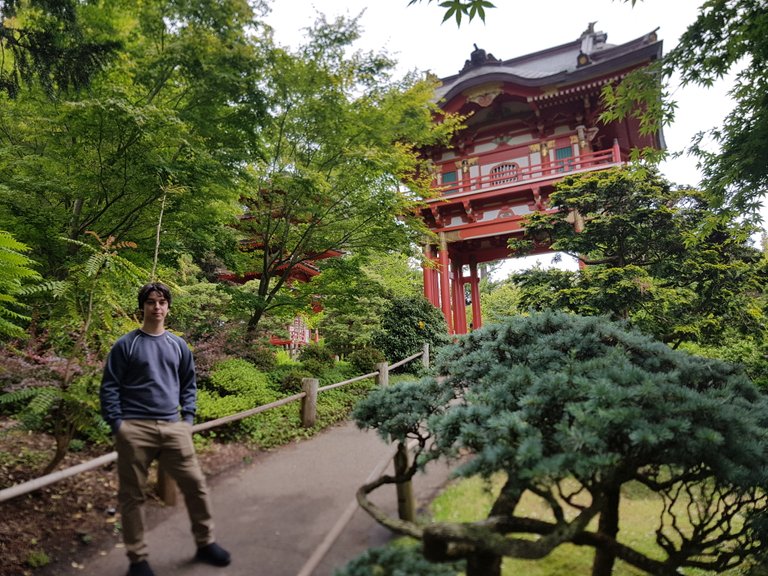
The Japanese Tea Garden provides visitors from around the world with an opportunity to experience the natural beauty, tranquility and harmony of a Japanese-style garden in the heart of San Francisco’s Golden Gate Park.
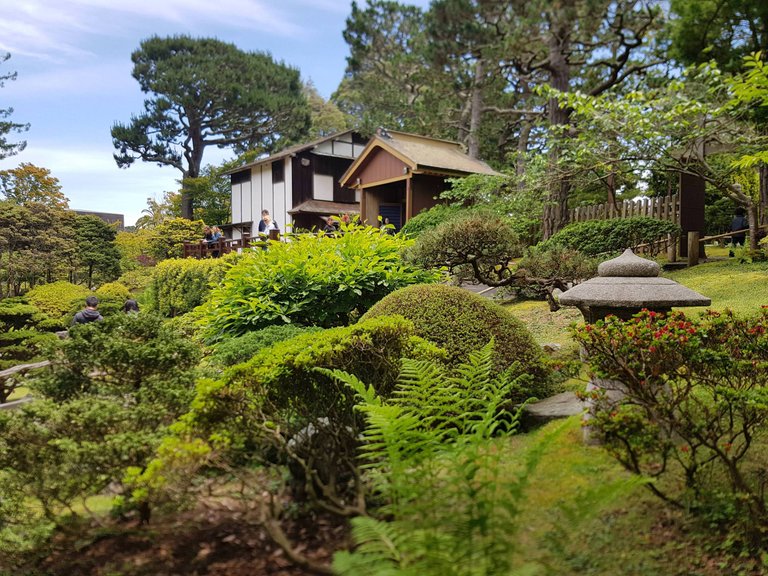
A duck with her chicken
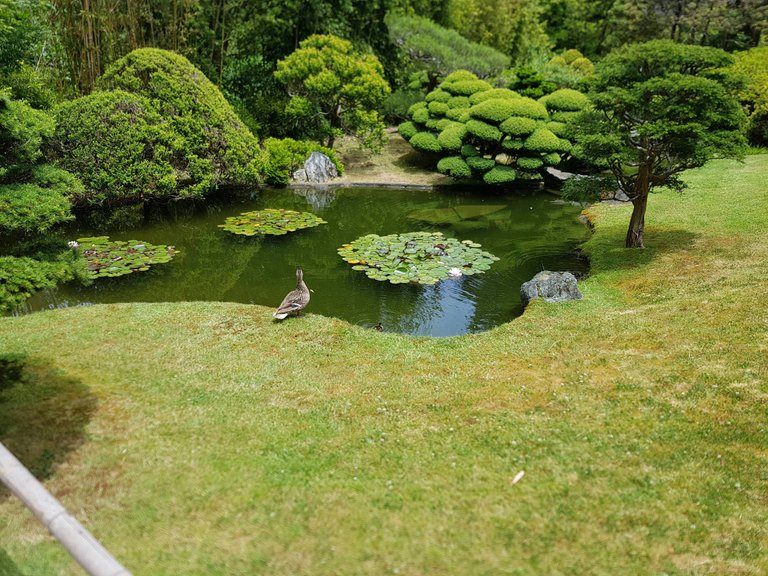
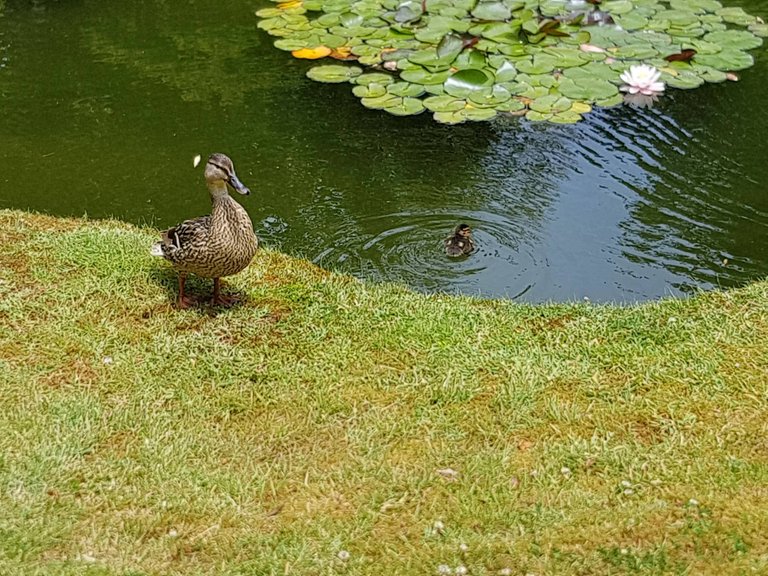
Koi fish where swimming around in the ponds
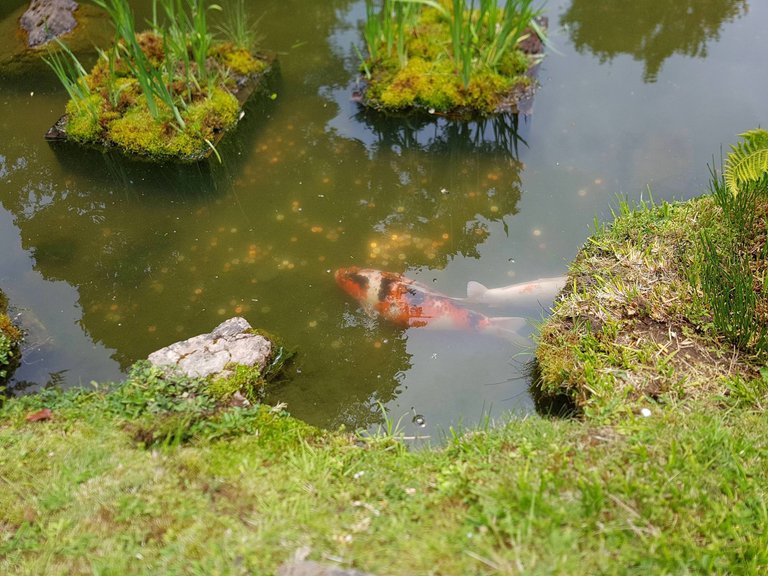
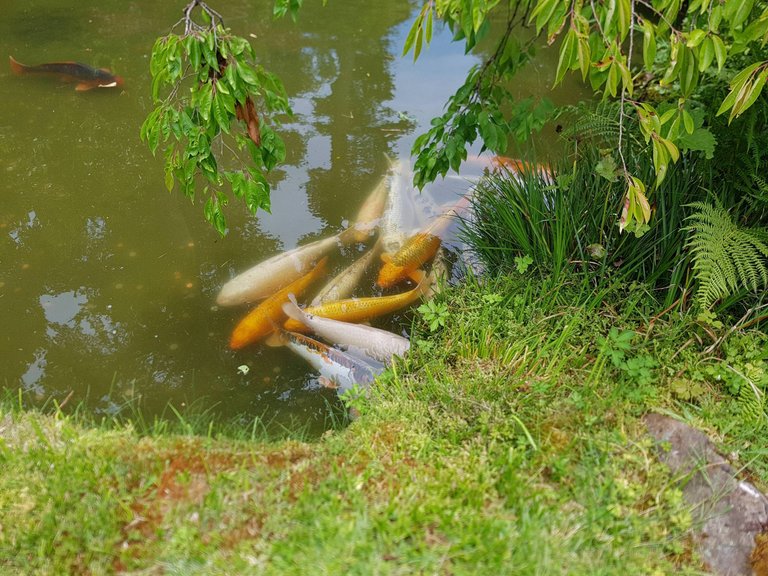
The oldest public Japanese garden in the United States, this complex of many paths, ponds and a teahouse features plants and trees pruned and arranged in a Japanese style. The garden's 3 acres contain sculptures and structures influenced by Buddhist and Shinto religious beliefs, as well as many elements of water and rocks to create a calming landscape designed to slow people down.

Originally created as a “Japanese Village” exhibit for the 1894 California Midwinter International Exposition, the site originally spanned about one acre and showcased a Japanese style garden. When the fair closed, Japanese landscape architect Makoto Hagiwara and superintendent John McLaren reached a gentleman’s agreement, allowing Mr. Hagiwara to create and maintain a permanent Japanese style garden as a gift for posterity. He became caretaker of the property, pouring all of his personal wealth, passion, and creative talents into creating a garden of utmost perfection.
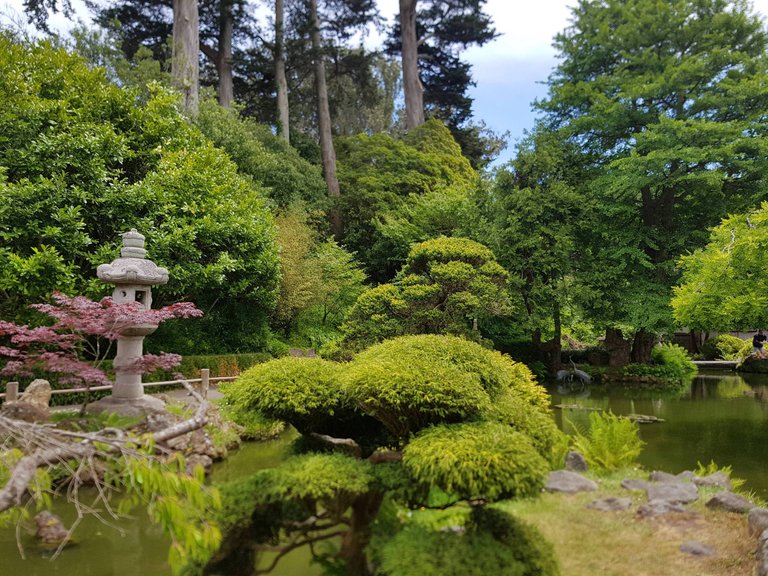
Mr. Hagiwara expanded the garden to its current size of approximately 5 acres where he and his family lived for many years until 1942 when they, along with approximately 120,000 Japanese Americans, were forced to evacuate their homes and move into internment camps. When the war was over, the Hagiwara family was not allowed to return to their home at the tea garden and in subsequent years, many Hagiwara family treasures were removed and new additions were made.
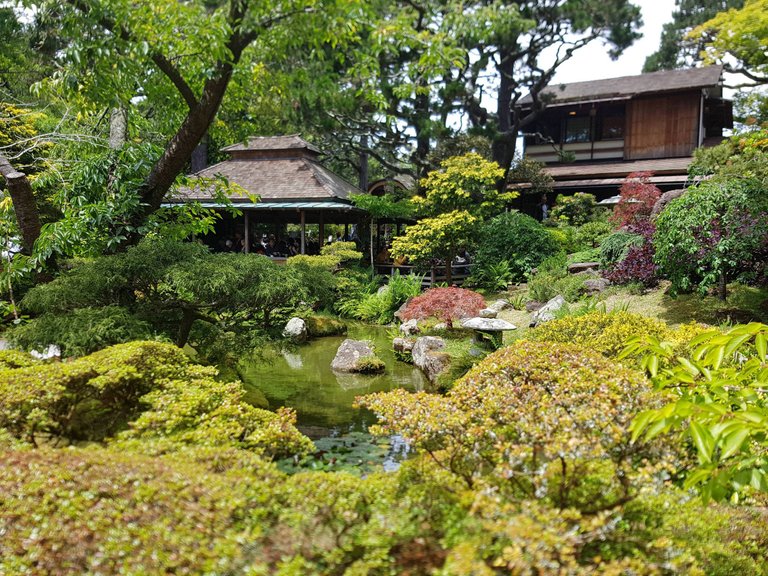
Steep stairs
Many aesthetic elements of the garden catch the attention of tourists and can be traced back to Buddhist philosophy. The steep stairs in the garden are an element of nearly every center devoted to Buddhism. It is believed in Buddhism that Zen can be reached through stair climbing, as movement is often incorporated into meditation. In this way, sport/fitness can help achieve the connection between mind, body, and spirit. Many monks and nuns include exercise in their daily routines. It is also believed that Buddha himself said, "Good health is the highest gain." The steep stairs are also a reference to the climb Buddha made to the top of Vulture Peak, his favorite place of meditation. The climb is now made of 1500 steps up a steep hill.
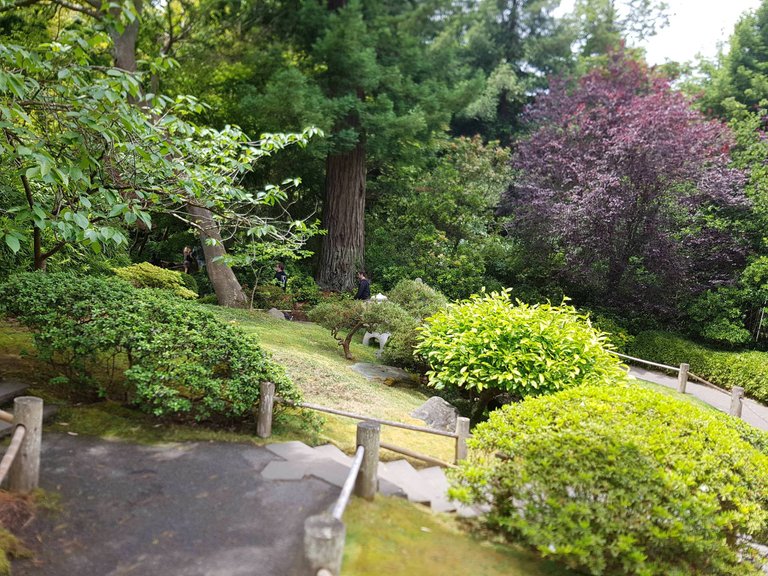
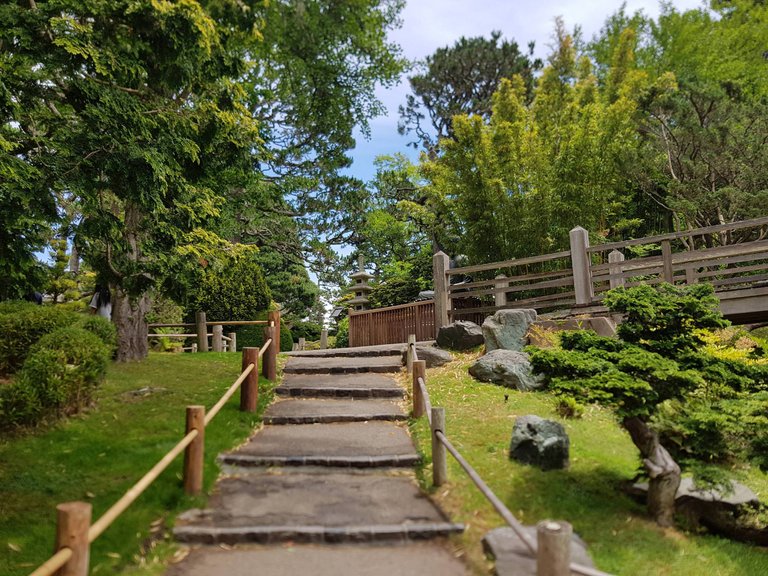
A litle waterfall
Water commonly plays a large role in Japanese gardens and serves to highlight purity and liveliness. Ponds and waterfalls are often placed with precise orientations with respect to the sun to determine the reflection. In the native Japanese religion, ponds were created for sacred reasons as places for the gods to roam while the surrounding stones were utilized as seats. The auditory atmosphere of the Japanese Tea Garden is created through the blissful and peaceful sound of the moving water.

This is the pagoda in the Japanese Tea Garden, a five-tiered Buddhist shrine installed as part of the garden's exhibit in the 1915 Panama-Pacific Exposition. A pagoda is a narrow building with a multi-tiered roof style that originates from the Buddhist religion in India and East Asia. There are two types of pagodas: tombs, for high ranking Buddhist monks, and shrines, used for worship. The pagoda in this garden is the later. The pagoda in the garden was moved from its original spot about sixty feet West to where the Shinto shrine originally stood. Due to local anti-Japanese sentiment during WWII which led to the relocation of Japanese Americans, the Shinto shine was demolished and the Buddhist pagoda replaced the open space. This placement of the pagoda is strange in a religious context because it was within an area bounded by the ‘mizugaki’, a traditional shinto picket fence.
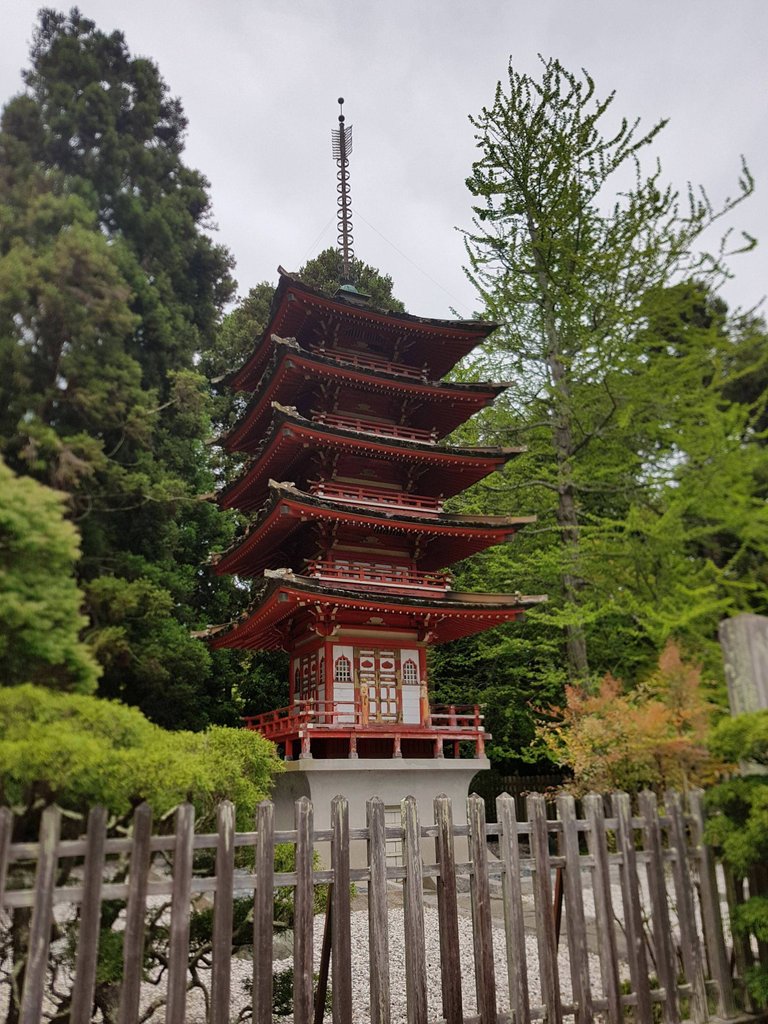
A sunflower in the midst of green leaves
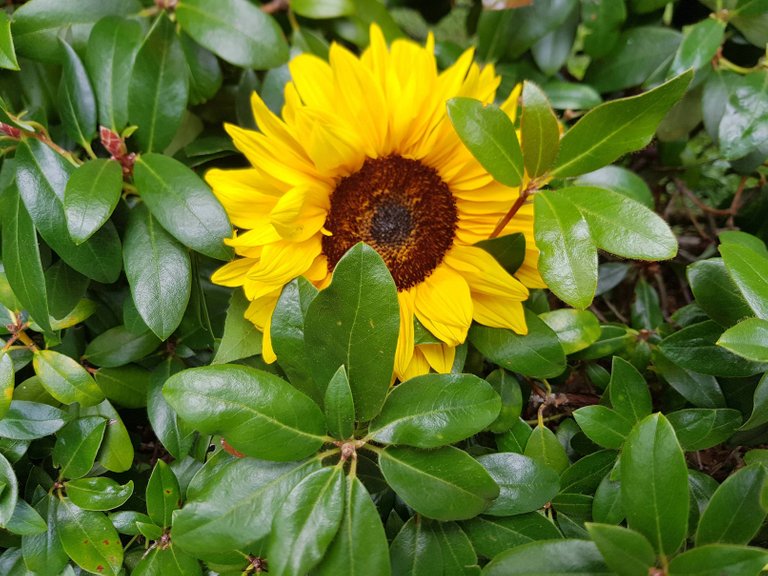
The Rock garden
Though not all Japanese rock gardens follow the same design, a proper, traditional rock garden follows very specific guidelines. Some of the techniques followed consist of most, if not all of the following: color of stones used, size and shape of stones, placement, asymmetry, and overall garden geometry. The Japanese Tea Garden in Golden Gate Park follows most of these techniques. During the fall season, it uses completely uniform straight lines, which is meant to represent waves in an ocean. The stones are a pale gray color so as to avoid taking attention away from the overall pattern of the stones, which is similar to most rock gardens. The color of larger rocks as well as the moss growing on them is also taken into heavy consideration to avoid diverting attention from the garden as a whole.
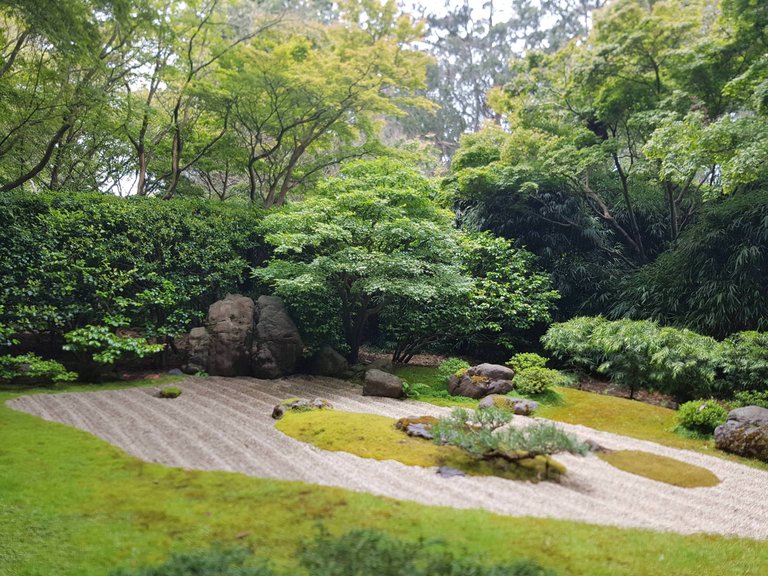
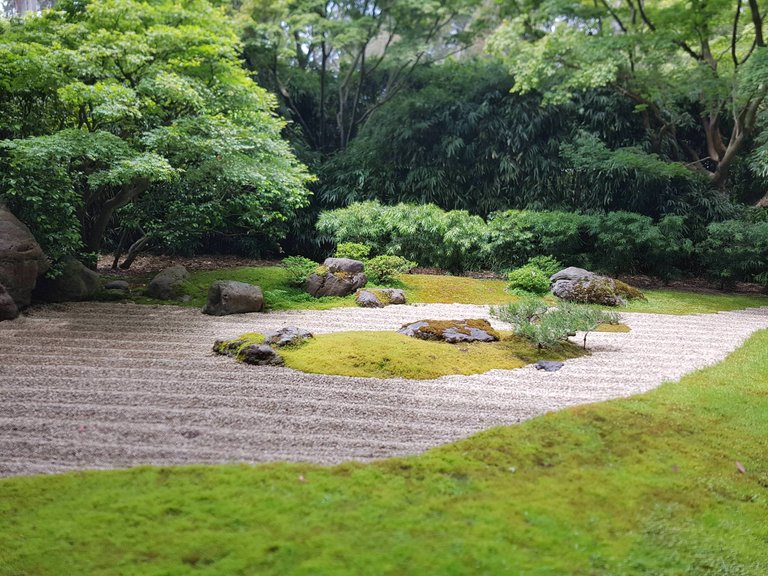
The trees of the Japanese Tea Garden have more than a century-long history. The garden consists of a variety of trees, including flowering cherry trees, azaleas, magnolias, camellias, Japanese maples, pines, cedars and cypresses.
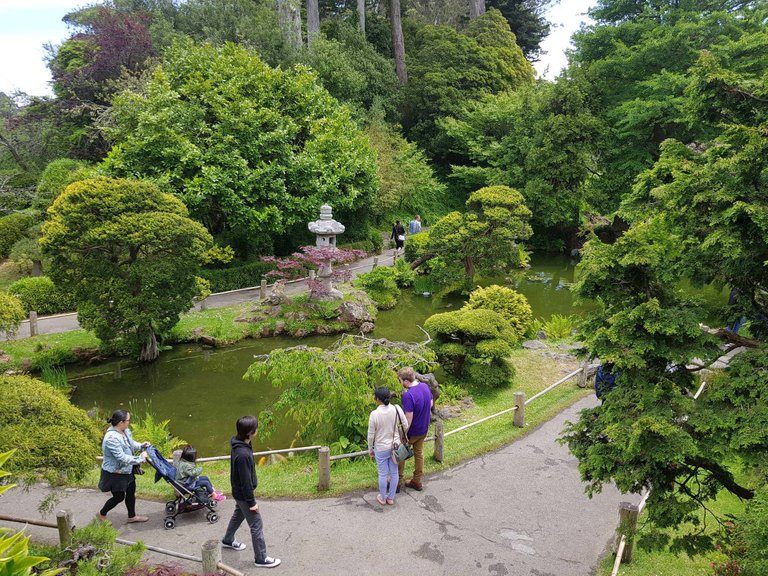
Stone lanterns
The stone lanterns seen around the garden, like the Lantern of Peace that followed World War II, are representative of the five elements of Buddhism. The bases of the lanterns symbolize the earth, while the next section is water, the light is fire, and the following two sections symbolize the air and spirit respectively. The lanterns as a whole symbolize the coming together of all five elements in the harmony of nature, another example of wabi-sabi
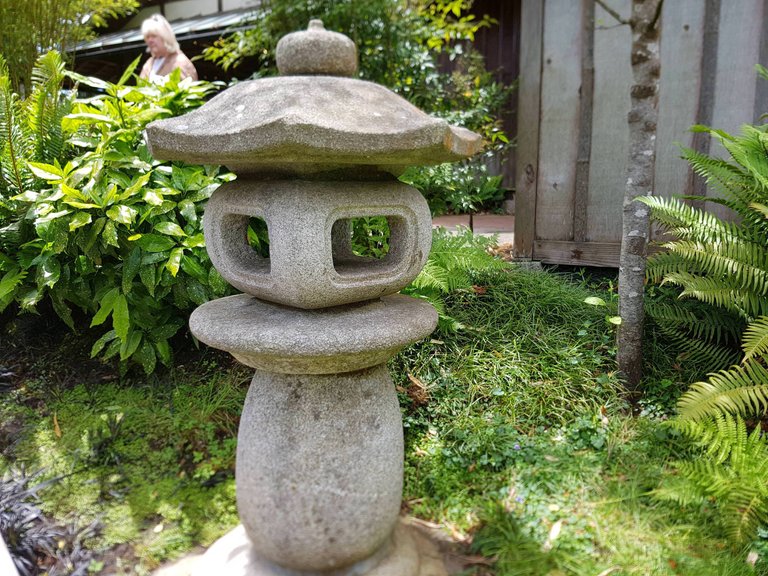
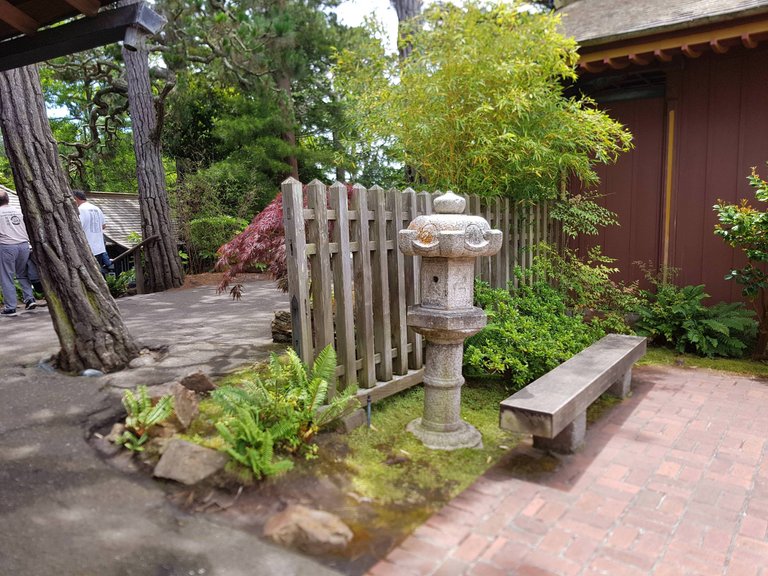
Today, the Japanese Tea Garden endures as one of the most popular attractions in San Francisco, featuring classic elements such as an arched drum bridge, pagodas, stone lanterns, stepping stone paths, native Japanese plants, serene koi ponds and a zen garden. Cherry blossom trees bloom throughout the garden in March and April.
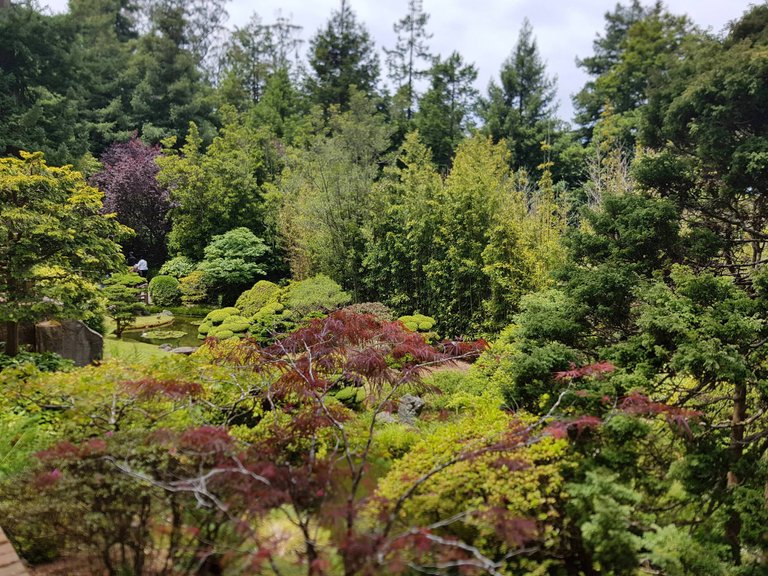
I hope you enjoyed taking a walk in the garden with us, have a nice day
Camilla
Text refernces
I also appreciate the corresponding text that complements and explains the excellent photos from the area.
Many thanks for the beautiful pictures and a learning experience.Lovely pictures @Camilla
Best regards
@Siggjo
Actually my mobile was hanged. I Upvoted you for your best comment.
Walking through gardens like this is always so peaceful and relaxing. It eases your mind.
Great photos...love all the greenery and plantlife, with hints of colorful flowers. Looks like spring is in full swing!
Actually, my mobile was hanged. I Upvoted you for your best comment.
For en flott park!
Ja kjempefint og beroligende sted, kansje sånn man sku lagd sæ på straumsnes jordet 😆
Ikke sant :-D, har du forslag på gartner kanskje også....det er så fint gress noen steder :-D :-D
haha ja ikkesant 😄
Så fantastisk det ser ut der Camilla, kjempefine bilder og interessant plass. Takk for at du deler den flotte opplevelsen med oss😊👍🏻
so beautiful photographs 😍 and you are looking so pretty 😘😍
The pagoda in this garden is the later. The pagoda in the garden was moved from its original spot about sixty feet West to where the Shinto shrine originally stood. Thank you for this very clear explanation of the voting process using scatter. The step by step instructions make it easier to understand than any of the videos.
I live in a Tea Garden and I have to say that this Tea Garden looks very Different and Beautiful. I guess it is made to look Beautiful.
Look deep into the nature and you will understand everything better, Einstein said. I loved this virtual walk with two of you. Btw, I'm glad that you're in such a form that you could make those 1500 steps! <3